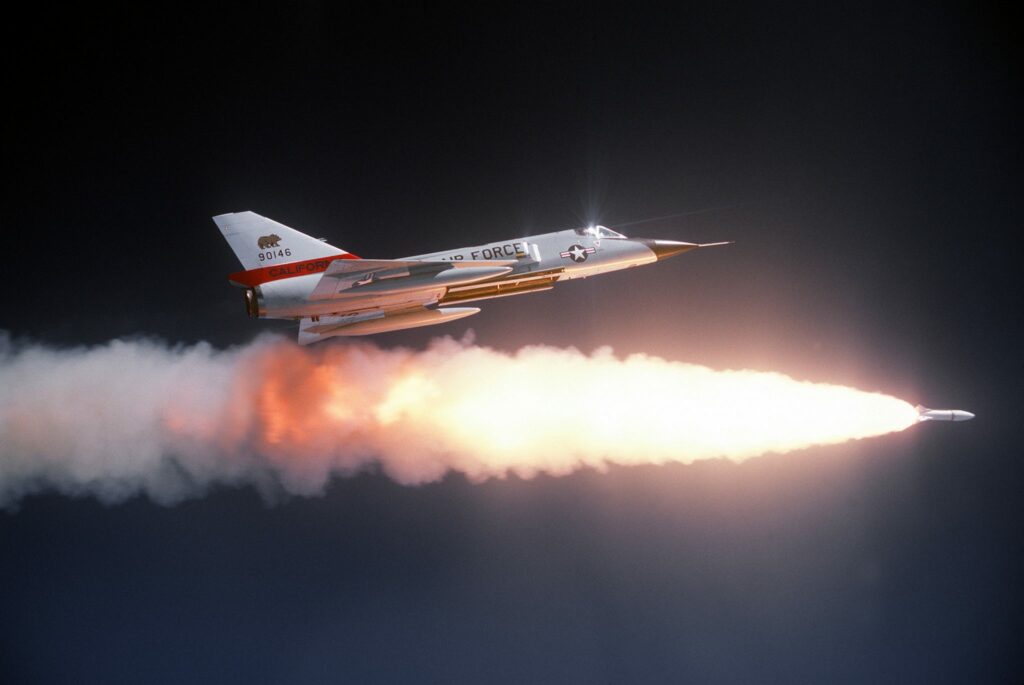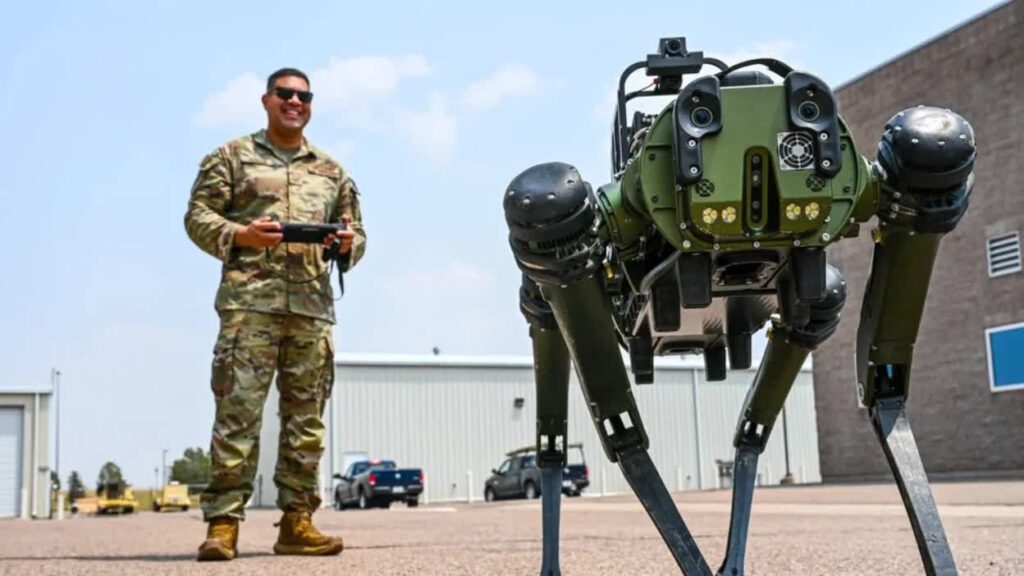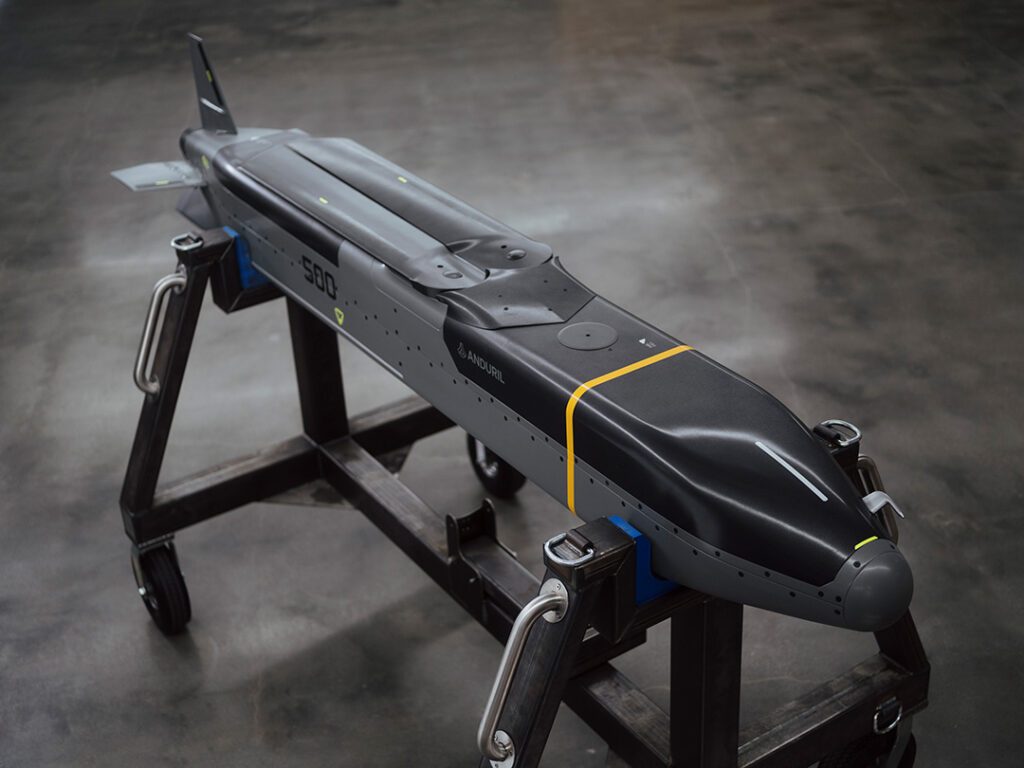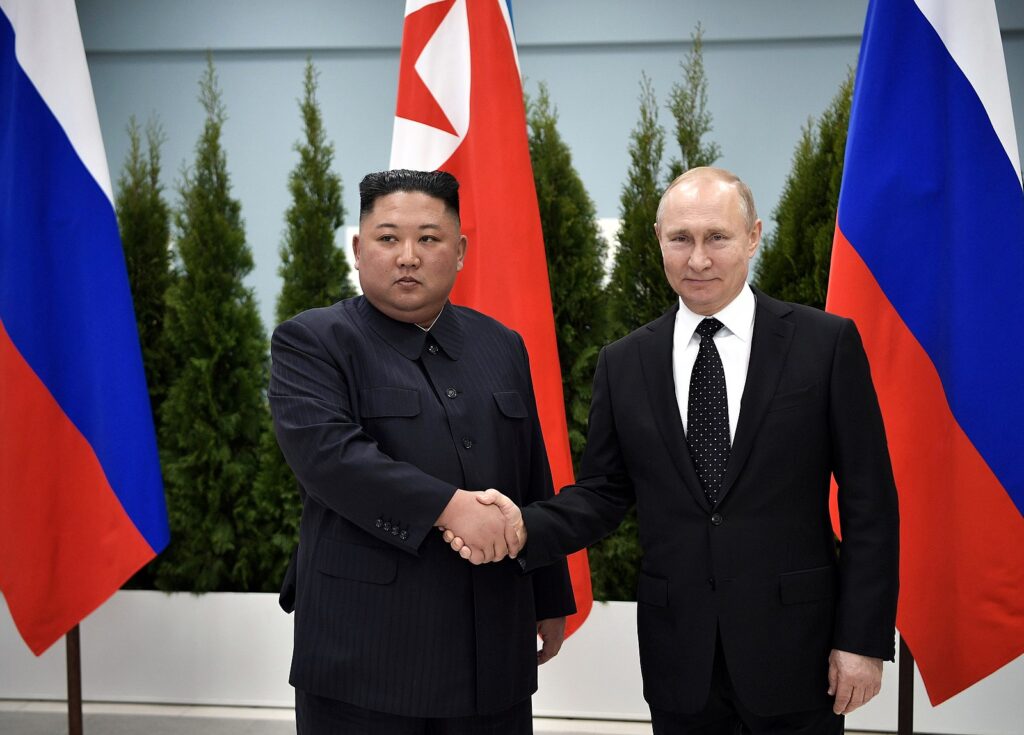Nuclear bazookas and mines? Six warheads of the Cold War
- By Coffee or Die
Share This Article

This article by Carl Forsling was originally published by Coffee or Die.
In the United States of the 1950s and 1960s, there were a few things you could count on: poodle skirts, sock hops, rock ’n’ roll … and the ever-present specter of nuclear Armageddon. The technological innovation of the rocket age brought the intercontinental ballistic missile (ICBM) and submarine-launched ballistic missile (SLBM) into being, nukes that could conceivably end modern civilization in about an hour.
At the other end of the spectrum was a nearly farcical desire to bring nuclear weapons and nuclear power as the solution to every problem. Need a canal? A nuke will save millions of man-hours of digging. Need to improve your miles-per-gallon in your car? Trade your shitbox in for a nuclear-powered lead sled, and you’ll be able to drive around the world on a few ounces of uranium.
While the more outlandish ideas never really got that far in the civilian sector, the military had no such constraints. In fact, when your evaluations are written based on how many bad guys your weapons can kill, it’s practically guaranteed to generate some truly exceptional flights of fancy. You can practically hear the meeting where someone asked, “But what if we made it nuclear?”
From the early days of the Cold War, NATO was confronted with overwhelming numbers from the Warsaw Pact. In 1961, for example, the Soviet Union had roughly a 2-to-1 numerical advantage in troops. While the West has always valued quality over quantity, quantity has a quality all its own. Accordingly, while strategic nukes threatened mutually assured destruction (MAD) upon the populations of the US and USSR, there was a whole family of tactical nukes designed merely for battlefield use.

RELATED: SIX CRAZY NEW DOD PROGRAMS THAT SOUND LIKE SCIENCE FICTION
Nuclear artillery
Tactical nuclear missiles and bombs make intuitive sense, but as weapons were delegated to lower echelons, nuclear artillery gave new meaning to the term “danger close.” Starting with the 230 mm M65 “Atomic Annie” in 1953, “fire for effect” would have had a whole new meaning had the Cold War ever gone hot. Atomic Annie only ever fired one nuclear round in testing. It left service after the 203 mm M110 was fielded in 1963. But 155 mm nuclear shells stayed in the US arsenal until 1996.

Nuclear bazookas
If nuclear artillery isn’t exciting enough, try firing a nuclear weapon from a recoilless rifle, aka bazooka. The Davy Crockett came in both 120 mm (awesome) and 155 mm (more awesome) sizes and could be fired from either a tripod or the back of a jeep. Packing the equivalent of 15 to 20 tons of TNT, the Davy Crockett was intended to be a mainstay of the Army’s “Pentomic” divisions, which were designed around the presumably nuclear battlefield of a war in Europe. Thankfully, the Army decided that perhaps letting corporals roll around in jeeps with nukes wasn’t the best plan and retired the M28 and M29 in 1971.

Nuclear satchel charges
Being able to plant a time bomb and GTFO just in time has been a thing since before ’80s rocker Pat Benatar blew up Nazis in “Shadows of the Night.” Certain Special Forces detachments during the Cold War were equipped with the B54 atomic demolition munition, or “backpack nukes.” The B54 was designed to destroy critical infrastructure, either that of the enemy or to keep friendly assets from falling into enemy hands. With a 1-kiloton yield, the B54 wasn’t the most devastating weapon in the US arsenal, but tell that to the guy whose job it was to hump his way out of the blast radius.
Nuclear land mines
Leave it to the British to go full reductio ad absurdum and create the nuclear land mine. Unfortunately, it was not the sort of land mine where some poor Russian grunt takes a step and hears a click, followed by the biggest “oh shit” moment in history. The nuclear land mine was something more akin to a hand grenade placed underneath a corpse. As Soviet troops advanced, the mines would detonate behind their lines by command detonation or timer. Unfortunately (or probably fortunately) only two prototypes were built.

Nuclear air-to-air missiles
Usually, aerial combat is the epitome of precision killing: knights of the air, dueling mano a mano. Or, if you were a pilot in the 1950s and ’60s, you could just shoot the enemy with a nuclear-tipped missile. In the early days of the Cold War, NORAD still envisioned massive bomber raids, much like those the US inflicted on Japan. With that in mind, the unguided Genie missile packed a 1.5-kiloton warhead.
It may have been the first fire-and-forget air-to-air missile, in that pilots had to execute quick turns away from their targets after firing or they could forget about coming back. The Falcon missile later added semiactive radar homing to at least get the nuke within a reasonable distance of the target. You might wonder whether shooting nuclear weapons over the US to protect it against nuclear attack is counterproductive. Don’t worry; they tested the Genie by blowing one up directly over the heads of five Air Force officers as proof of concept.

Nuclear torpedoes
Don’t leave the Navy out of the mix. They found that nuclear depth charges could effectively destroy submarines, albeit perhaps along with the ship dropping them. So, of course the solution was to put a rocket on the back of the depth charge to get it far enough away from the ship to keep the engagement from being a very localized version of mutually assured destruction. Submarines went on patrol with Mk45 nuclear torpedoes from 1959 all the way until 1976. Given how many close calls happened between US and Soviet subs during that time, that might not have been such a great idea.
While “if you can’t hit it, nuke it” is a valid design philosophy, it wasn’t a great military one. It makes one wonder if today’s military is similarly clueless as to the true utility of the cutting edge today, be that artificial intelligence or space travel. Regardless, I hope I’m still around in 2060 to make fun of them.
Coffee or Die
Coffee or Die Magazine is Black Rifle Coffee Company’s online news and lifestyle magazine. Launched in June 2018, the magazine covers stories both about and for the military, first responder, veteran, and coffee enthusiast communities.
Related to: Military History

Meet CHAPPIE, the Space Force’s robot that can sniff nuclear material

Video: The Barracuda cruise missile is like a Hellfire on steroids

50,000 Russian and North Korean troops prepare to attack Ukrainian forces in Kursk

